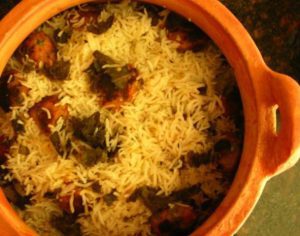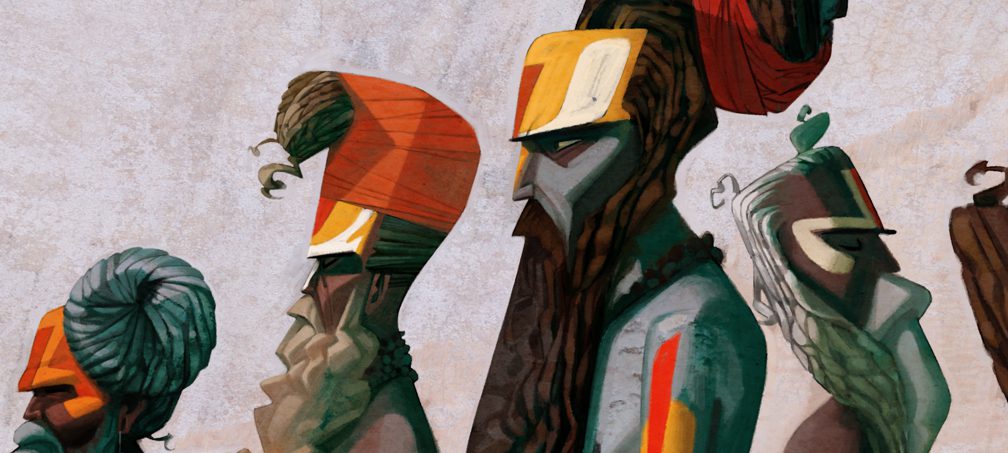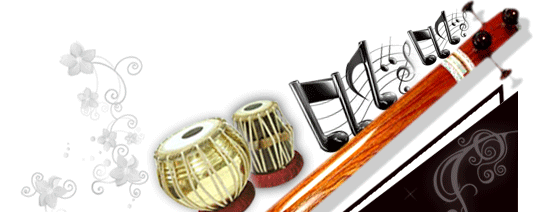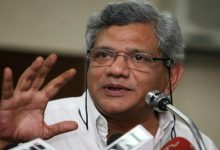Ruchira tells us how the composite Indian culture developed synergizing with other cultures, which the jingoists prefer to call alien, something that is corrupting the pure Hindu culture. Read more in the weekly column, exclusively for Different Truths.
This has been going on for quite a while. Might go out of hand anytime soon. We are in the 21st century. The world is becoming a global village. Yet, certain sections of our society with a clouded vision are up in arms to promote a particular faith, a straitjacket way of life and one philosophy. Unity in Diversity, Vibidhta me Ekta, Vasudhaiva Kutumbakam – these lofty ideals are passé. The idea that appears to be doing the rounds is: Hinduism (Sanatan Dharma) is the supreme faith in the world. Matchless. Unparalleled. Therefore, it is in the fitness of things that other people/groups/communities must fall in line. Can anything be weirder? Sorry to say but the idea is spreading like an epidemic. Many otherwise innocuous people are being brainwashed and dragged into this fold. Individuals, thus brainwashed, go about glibly calling Christians Angrez/Firangs. Their tone rather contemptuous. Worse, at the mention of the word Musalman, you may find frowns replacing smiles. Others might be cocking a snook and uttering expletives under breath. I am an ordinary, humble Indian citizen. But I dare challenge individuals thus indoctrinated to delve into history books (other than the saffron brigade versions) and discover how these two cultures got interpolated into Hindu culture to emerge as a composite, harmonious whole.
Musical Voyage
I would love to remind my fellow countrymen, that the highest echelons of Hindustani musical gharanas (vocal and instrumental) have virtually been monopolised by the other community members. Ustaad Allauddin Khan, Ali Akbar Khan, Bismillah Khan, Amir Khan, Bade Ghulam Ali Khan, Amjad Ali Khan…the list is as vast as the universe. These luminaries had no qualms about adopting elements of a culture so different from their own. Shouldn’t this be an eye opener?
Influence on Fashion
Look around you and observe the attires of the women on the street. The salwar kameez ensemble is of Islamic origin. Same goes for sharara, churidaars. Did you know fashionable ethnic footwear namely juttis, mojaris and nagra were patronised and popularised by the Mughals and other non-Hindu rulers who followed them. Had they been not existent or obsolete, wonder would ethnic footwear we would have: Khadauns? Islamic influence has permeated in our social customs and rituals too. Mehendi art – heart and soul of Indian weddings – is of Arab origin. Likewise, shehra (floral face cover) and garlands of currency notes (originally coins) are derived from Arabian cultures.
Culinary Arts
Gastronomically too, mainstream Indians ought to be grateful to Firangs (European Christians) and Mohammedans. Clubbed under former, Portuguese, French, Dutch and British introduced an array of gateaux and patisserie to India. Even in the staunchest of Hindu households, a birthday cake is a sine qua non. Or would celebrating with Halwa Puri and Kheer be better? Cakes one must have, but any organic element is absolutely no-no. Hence the proliferation of “eggless” cakes, cookies, etc. Firangs were the ones to introduce cutlets, omelets, and sandwiches too. Moreover, Chaai addicts must thank the Britishers for tea cultivation in India. Or else ours would be a nation of lassi/chhach and juice drinkers!
ones to introduce cutlets, omelets, and sandwiches too. Moreover, Chaai addicts must thank the Britishers for tea cultivation in India. Or else ours would be a nation of lassi/chhach and juice drinkers!
How many of us know that Kebabs, Kofta, Biriyani originated either in Central Asia or the Middle East? Even Korma and the ubiquitousBaingan Bharta have Mughal/Afghan links. Kulfi, the king of desserts, has Arabic antecedents. The Islamic intruders and settlers were bad, but their cuisine was not. That’s why shudh shakahaari (pure vegetarian) avatars of these dishes made their debut. What a farce!
Education
One more reason to thank the Firangs for. It was the Western missionaries who established numerous schools and colleges across the country which still offer quality education to millions. Among them figure famous residential schools in hill stations – considered the epitome of sophistication. These educational establishments are now an integral part of India’s heritage and continue to occupy a place of pride. In a lighter vein: Imagine the scenario minus the missionary influence? There would be no frenzied rush for  nursery admissions in top-notch schools. In all probability, children would be trotting off to pathshalas/gurukuls and ashrams comprising thatched huts located in the sprawling, verdant countryside. Sanskrit naturally would be the medium of instruction, while the curriculum would include Vedic mathematics, Jyotish (astronomy) Pourahitya (priesthood) et al. Sounds patriotic doesn’t it?
nursery admissions in top-notch schools. In all probability, children would be trotting off to pathshalas/gurukuls and ashrams comprising thatched huts located in the sprawling, verdant countryside. Sanskrit naturally would be the medium of instruction, while the curriculum would include Vedic mathematics, Jyotish (astronomy) Pourahitya (priesthood) et al. Sounds patriotic doesn’t it?
The sole purport behind this column is to highlight the fact that Indian (read Hindus) can never live in isolation; never have, as history shows. Then why in the name of heavens, must the morons despise cultures different from theirs? After all their impact is undeniable by ant computation. Besides, tweaking, moulding and Indianising foreign elements is not a great thing to do either. The ideal attitude would be to learn to tolerate dissent and accept things just the way they are.
©Ruchira Adhikari Ghosh
Photos from the Internet
#IndianCulture #Hindu #Musalmaan #Firangi #Education #Food #Music #CombinationCulture #AlienCulture #SanatanDharma #PathshalaOrGurukul #SliceOfLife #DifferentTruths









 By
By
 By
By
 By
By